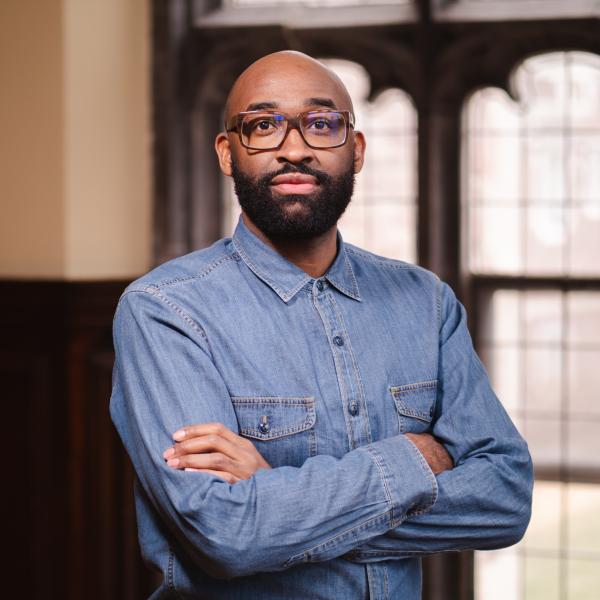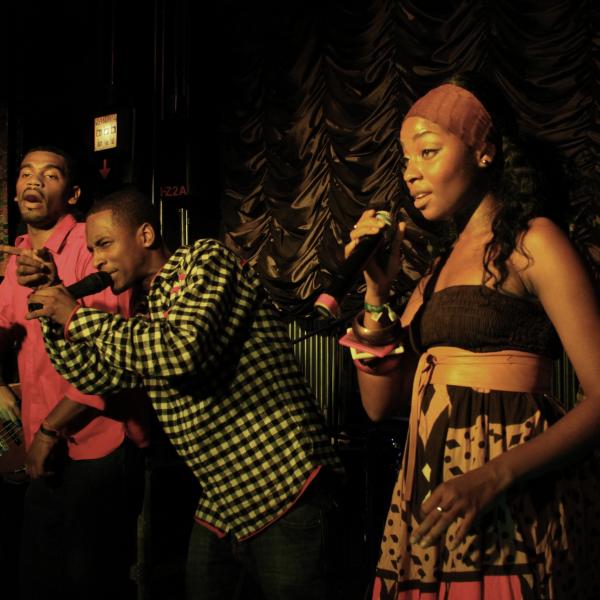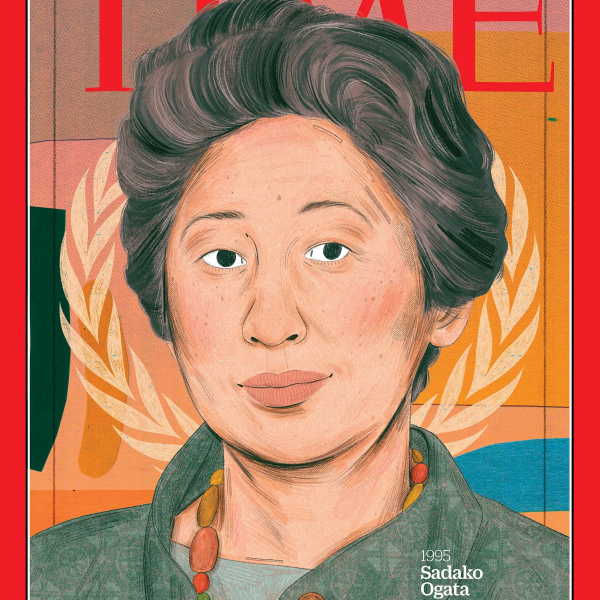I will admit that poetry largely mystifies me, though I really enjoyed our discussions of Hughes’ poetry last week. I was a bit less excited by the examples we looked at from female poets, however. They seemed so prim and proper, any feistiness was so nuanced or coded that it escaped me. I was underwhelmed. Today, I have been working on my latest annotation, a book chapter which attempts to shed light on the female experience of the Harlem Renaissance by analyzing the words of several poets, writers and singers. This reminded me of my first reaction to reading Nella Larsen’s work as well as those female poets. What seemed to be heavy reliance on benign, muted or kind of “soft and fuzzy” storytelling (yes, clearly I do not teach Literature) and those poems’ rampant natural metaphors used to veil any reference to unseemly topics like race, sex, gender roles or protest, I had chalked up to uptight Talented Tenth mores and class pretensions. It didn’t really surprise me that their work had since fallen by the historic wayside while their male counterparts’ boldly stated ideas and vividly painted imagery garnered all of the attention.
However, the essay I just finished reading (“On Being Young – A Woman – and Colored When Harlem Was in Vogue,” from Cheryl Wall’s Women of the Harlem Renaissance) radically changed my thinking. It suggests, in part, that these educated elite women writers faced unique and extraordinarily stifling circumstances in practicing their craft, as they battled both racism and sexism. While society at large typically painted women as asexual or reluctantly sexual beings, black women were stereotypically ascribed a highly sexualized identity by dominant white society. These New Negro female writers naturally fervently sought to prove white society wrong and avoid any association with such detestable stereotypes. Thus, they were even more tightly bound in their lives and their writing to the conservative ideal of the genteel, proper woman preached by the elites and elders of the New Negro Movement. Talk about being caught between a rock and a hard place… Now Larsen’s muted and indirect messages, and sometimes maddeningly stereotypical female (indecisive, dependent, emotionally fragile, prone to melodrama) characters and all that nature imagery in poetry make much more sense! I will now read the poetry, essays and literature of the women of the era with much more care, interest and sympathy, and be sure that the ladies are well represented in my school’s study of the New Negro Renaissance.
-- Erin Lynch



